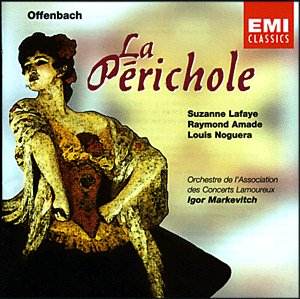 Composer: Various
Composer: Various
Works: PACHELBEL: Two Chorale Preludes on ‘Vom Himmel Hoch’, BUXTEHUDE: Magnificat Primi Toni, J. S. BACH: Four Chorale Preludes (Organbuchlein), J. E. WEST: Fantasy on Two Well-Known Christmas Carols, MULET: Noël, d’AQUIN: Noël Suisse, R. FROST: Variations on David Marden’s “Nicola”, GORDON PHILLIPS: Two Carol Preludes, HANDEL arr. FROST: Pastoral Symphony, GARTH EDMUNDSON: Toccata, ‘Vom Himmel Hoch’.
Performers: Ronald Frost (organ)
Recording: St. Ann’s Church, Manchester
Label: Dunelm Records DRD0185
Ronald Frost’s latest recording, “Music for Organ: Volume 3”, emerges as a thoughtful compilation of works that span the rich tapestry of Christmas music from Germany, France, and America, interspersed with select English compositions. The juxtaposition of sacred and seasonal themes finds a natural home in the organ repertoire, and Frost, an accomplished organist, brings a refined sensitivity to this collection. Each piece serves not only as a showcase of his technical prowess but also as a testament to the versatility of the organ as an instrument for both solemnity and celebration.
Frost’s interpretations are particularly compelling when he traverses the works of Pachelbel and Buxtehude. The “Two Chorale Preludes on ‘Vom Himmel Hoch’” exude an elegant simplicity, with Frost’s phrasing allowing the melodic lines to breathe while subtly highlighting the intricate counterpoint that characterizes Pachelbel’s style. In the “Magnificat Primi Toni” by Buxtehude, the performance is marked by a vigorous registration choice that enhances the work’s jubilant character, effectively capturing the festive spirit of the text while maintaining the dignity of the liturgical setting. Frost’s command of dynamics, particularly in the swelling crescendos, demonstrates a keen understanding of the emotional landscape that these pieces inhabit.
The inclusion of Frost’s own “Variations on David Marden’s ‘Nicola’” is a noteworthy addition to the program, showcasing both his compositional voice and interpretative depth. The variations oscillate between reflective and playful, marked by a certain astringency that adds an intriguing layer to the overall listening experience. Frost’s handling of the registrations here is particularly effective, employing contrasting timbres to delineate the distinct character of each variation, thus creating a cohesive yet diverse listening journey.
Recording quality is of paramount importance in organ music, and Dunelm Records has delivered a sonorous capture that allows for the full resonance of St. Ann’s Church to shine through. The engineering expertly balances the organ’s rich tones with the church’s acoustic, enhancing the listener’s experience without overwhelming the clarity of the individual lines. The sound is robust yet transparent, enabling the listener to appreciate the intricacies of each counterpoint and harmonic shift that is so vital to the works performed.
Frost’s interpretations align with the traditions of the organ repertoire while offering refreshing insights into less frequently performed pieces, such as the arrangements by Gordon Phillips and the Toccata by Garth Edmundson. Phillips’ treatment of “O Little Town” and “The Holly and the Ivy” reveals a simplicity that invites introspection, while Edmundson’s Toccata bursts forth with exuberance, showcasing the organ’s potential for dramatic flair. Each work contributes to a narrative that celebrates both the sacred and the seasonal, inviting the listener to reflect on the broader cultural significance of the holidays.
Ronald Frost’s “Music for Organ: Volume 3” stands as a commendable addition to the organ discography, offering both familiarity and discovery through a well-curated selection of works. His interpretative choices reveal a deep understanding of the organ’s capabilities and an appreciation for the historical contexts of the pieces selected. This album not only honors the tradition of organ music but also revitalizes it for contemporary audiences, making it a compelling recommendation for both organ enthusiasts and casual listeners alike.



